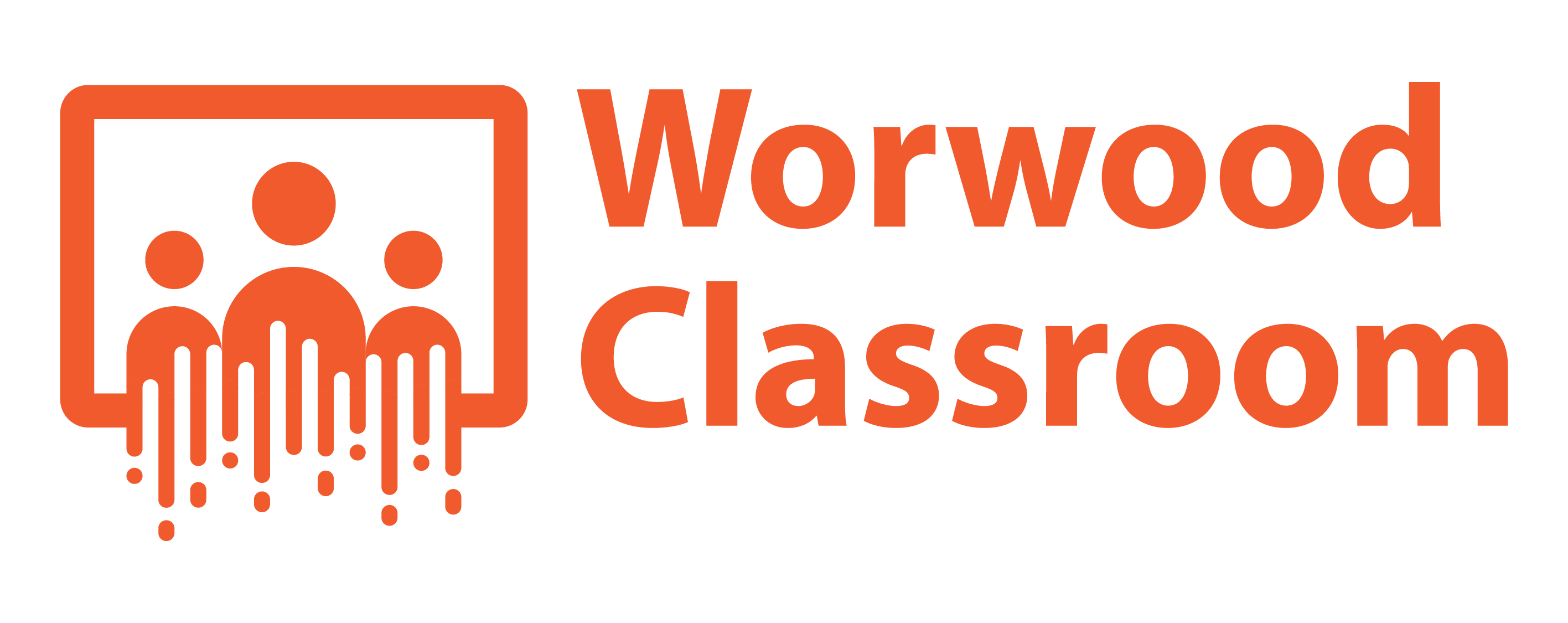The trend in Design Thinking continues and for a good reason. Design Thinking is a generic approach that can assist in designing and developing solutions for various industries. The trans-disciplinary approach to design thinking makes it inclusive for many, and the emphasis on the end-user promotes empathy and understanding for others. It makes sense for us to adopt design thinking to support student creativity in the classroom and to try and integrate design research to help students evaluate outcomes based on context.
Design Thinking is not new; many core principles align with creative problem-solving methodology, with research routes going back almost 100 years. However, I argue that other disciplines also have a history of applying design thinking principles, even if they are not as blatant (e.g., instructional design, marketing). When we consider domain-specific approaches to problem-solving, they often start with an ill-defined problem that requires clarification. There is usually a process of ideation in response to that problem and a stage dedicated to selecting an idea. Often these approaches are linear unless focused on experimentation with modification.
In this chapter, we present creative design thinking as a creative process that begins with the intention to produce a new and valued outcome that addresses a problem impacting a specific context. We start the chapter with a summary of whether creativity is domain-specific or domain-general and use the latter argument to present design thinking as a generic approach we can use in a classroom environment. We then talk a little about the history of Design Thinking and the connections to creativity literature. Next, we highlight the differentiator of human-centered design and consider how the digital age assists designers by providing more data about the end-user. We conclude the chapter by presenting design thinking as a way to help students tackle real-world problems and highlight that its generic approach can help reduce the silos across disciplines.
You can read this chapter here.
